GEF Approves $18 Million to Expand Green Amayaga Initiative Across Rwanda’s Southern Province
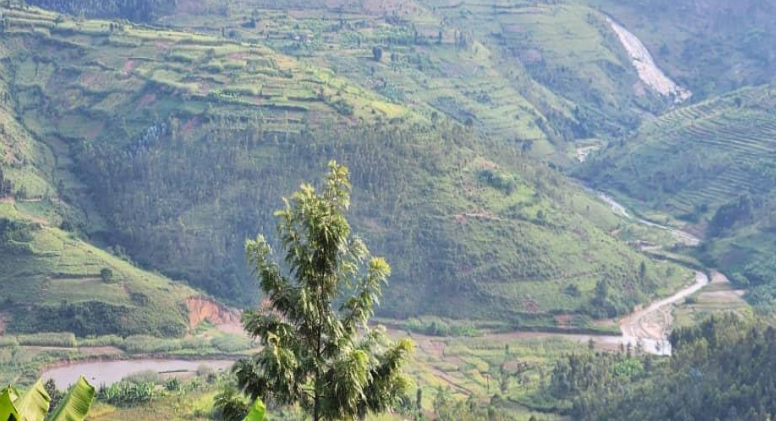
Rwanda’s ambitious environmental restoration efforts have received a major boost following the approval of an $18 million grant by the Global Environment Facility (GEF) to scale up the Green Amayaga Program across the Southern Province. This additional funding will extend the initiative’s reach to all six districts—Kamonyi, Muhanga, Nyanza, Ruhango, Huye, and Gisagara—strengthening climate resilience and supporting ecosystem recovery at a regional level.
The new project builds on the success of the ongoing Green Amayaga Project, which has been operating in selected parts of Kamonyi, Nyanza, Ruhango, and Gisagara. Implemented through a programmatic approach, the scale-up will intensify nature-based solutions, promote integrated natural resource management, and enhance livelihoods through ecosystem-based adaptation.
“Rwanda is committed to restoring its environment and strengthening the resilience of its people through inclusive, science-based, and locally driven solutions,” said Juliet Kabera, Director General of the Rwanda Environment Management Authority (REMA).
“Thanks to the unwavering support from the GEF, we can now scale up Green Amayaga across the entire Southern Province. This marks a critical step forward in our national efforts to build a climate-resilient, green economy. We are also deeply grateful to UNDP for their technical guidance and partnership in the development of this new project,” Kabera added.
This latest endorsement comes shortly after GEF’s approval of another $9 million to support restoration of the Nyungwe–Ruhango Corridor, bringing its recent total investment in Rwanda to $27 million.
Proven Impact
Since its launch, the Green Amayaga initiative has shown tangible results in the areas it has targeted:
• Restored landscapes: Over 929 hectares of woodlots have been planted, and the buffer zone of the Kibirizi–Muyira natural forest has been rehabilitated.
• Agroforestry and erosion control: More than 243,000 fruit trees have been planted, and erosion control interventions have been implemented on 13,886 hectares through agroforestry trees, terracing, and reeds.
• Riverbank and roadside protection: 93 kilometers of riverbanks have been protected, and 763 hectares of roadside tree planting have been carried out to prevent erosion and improve road safety.
• Cleaner cooking solutions: 21,000 households have received improved cookstoves, significantly reducing deforestation and indoor air pollution.
• Livelihood improvement: 2,534 vulnerable households have been supported with livestock, including cows, goats, and pigs, bolstering food security and incomes.
These outcomes highlight the effectiveness of linking environmental restoration with community development. By expanding the program, Rwanda aims to amplify these benefits, fostering stronger ecosystems and greener economic pathways for more communities.
Aligned with the country’s National Strategy for Transformation, Vision 2050, and its updated Nationally Determined Contribution (NDC), the Green Amayaga scale-up will directly support Rwanda’s climate and sustainable development commitments.
Trending Now
Hot Topics
Related Articles
Enroll Now Before 31 December 2025: International German Language Exams Launch in Rwanda
Rwanda will host the European Consortium for the Certificate of Attainment in...
Rwanda Validates Environment and Climate Change Mainstreaming Strategy 2024–2029
This Tuesday, 23 December 2025, the Rwanda Environment Management Authority (REMA), in...
Rwanda Opens New Doors with International German Language Certification
Rwanda has taken a significant step in expanding access to global education...
Rwanda Expands Education Partnership with Zimbabwe to Include Model Schools
Rwanda has expanded its education cooperation with Zimbabwe to include model schools,...


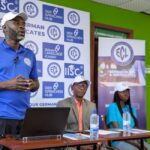
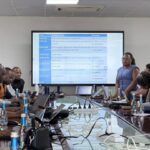

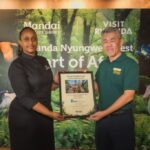
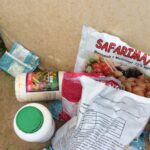
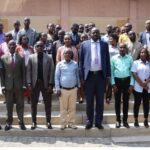
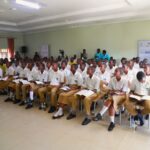
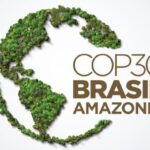
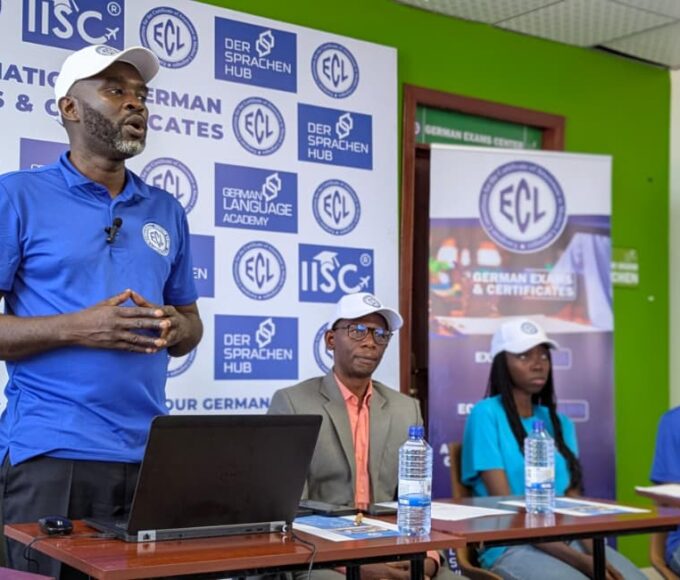
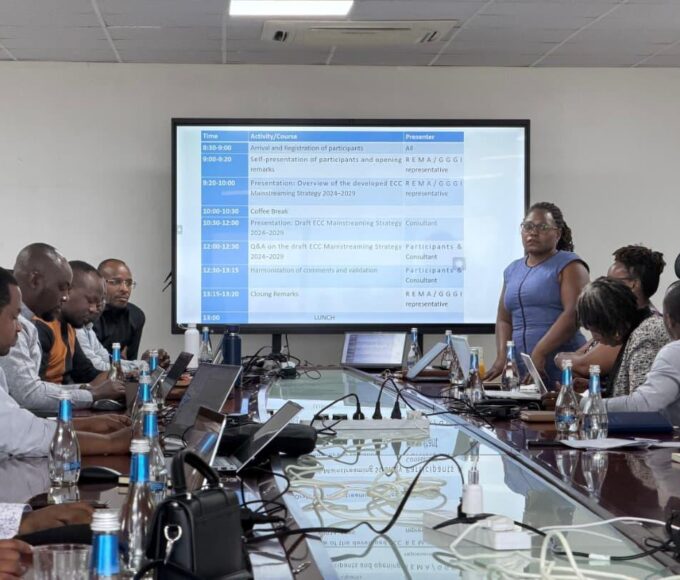
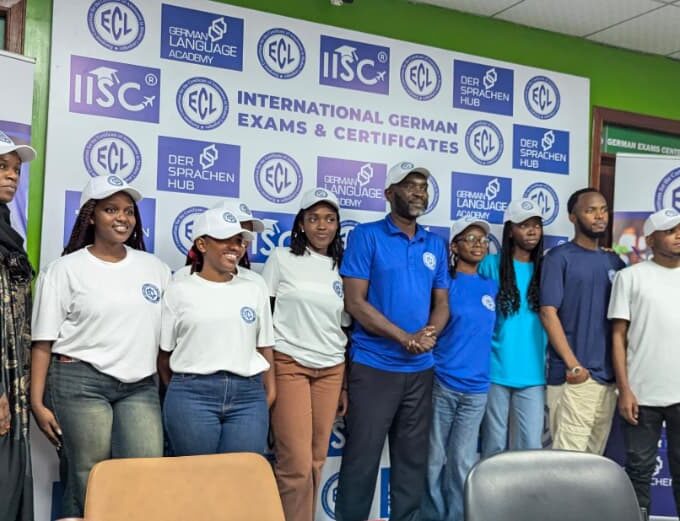
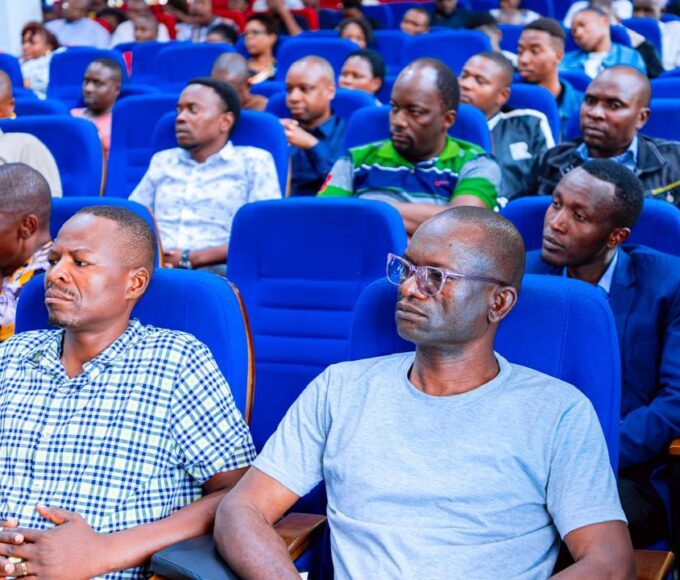
Leave a comment